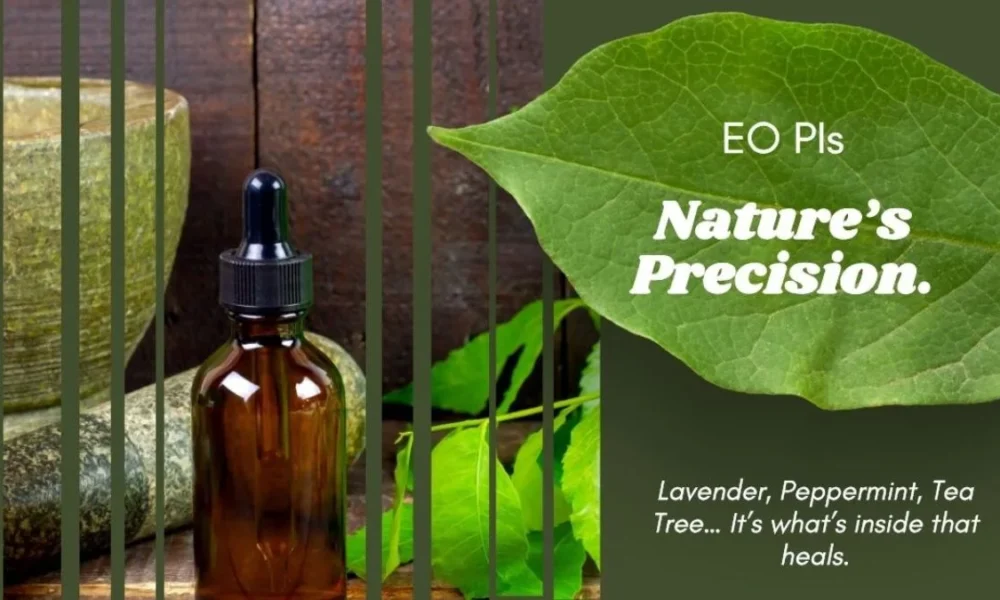If You’re Confused About EO PIS You’re Not Alone. Let’s Clear It Up Together
Let’s be honest, the term “eo pis” doesn’t really sound familiar to most people. In fact, if you’ve ever come across it online or in a conversation, chances are your first thought was, “Wait, what even is that?” And guess what? You’re not alone in wondering. It sounds like it could be medical, technical, or even a random typo, right? But don’t worry this article is here to make it all make sense.
Whether you’re into health, skincare, natural products, or just stumbled onto this out of curiosity, you’re in the right place. Eo pis actually touches on a surprising number of topics. We’ll talk about skin reactions, essential oils, medical terms like eosinophils, and even some fun stuff like pistachios and pigs. Yes, really. By the time you finish reading, you’ll be fully caught up and might even teach someone else a thing or two.
Eo Pis Isn’t Just a Term; It’s Linked to Skin Reactions Oils and Health Concerns
Let’s kick things off with the basics. One of the most common reasons people search for “eo pis” is because of something that happened to their skin — usually after using an essential oil. That’s where things like “essential oil rash pictures” come in. Maybe they applied lavender oil and ended up with red patches. Maybe they tried tea tree oil, and their skin got itchy. These reactions can feel confusing, especially when everyone online is raving about how natural oils are good for everything.
The truth is, essential oils are powerful, and some of them can irritate the skin if used incorrectly. Many people don’t realise they should dilute essential oils before applying them directly to the skin. Even so-called gentle oils can cause problems for sensitive skin. This is where a little knowledge can go a long way. Doing a patch test — applying a tiny bit to your arm and waiting 24 hours is a small step that can help you avoid bigger issues. So, if you ever ended up with a rash or redness after trying a natural oil, you’re not alone, and now you know why.
Read Also: What Makes Skinpres T a Must-Have for Anyone Who Wants Smooth Blemish-Free Skin?
Understanding Eosinophils and PCT: Here’s Where Eo Pis Meets Medical Curiosity
Now, let’s shift gears and talk a little science but we’ll keep it simple, promise. You might’ve seen the keyword “eosinophil pct” show up with eo pis. So what does that mean? Eosinophils are a type of white blood cell. They play a big role in how your body responds to allergies, inflammation, and certain infections. When your body reacts to something like an essential oil or another allergen, eosinophil levels can go up.
The “pct” stands for percentage. So when someone says “eosinophil pct,” they’re talking about the percentage of eosinophils in your total white blood cell count. If it’s higher than normal, it can signal that your body is having some sort of immune response — like an allergy. You don’t have to be a doctor to understand that these numbers can tell us a lot about how our body’s reacting. If you’ve had skin issues after using a product, this is one of the things a doctor might check to figure out what’s going on.
Wait, what’s an EO number, and how is that related to all of this?
Now let’s talk about something called the EO number. You might be wondering what that has to do with anything, but it does show up in the same conversations as eo pis. EO number stands for ethylene oxide number. It’s a kind of measurement or classification that shows up in chemical, cosmetic, or pharmaceutical contexts.
Some essential oils or their byproducts may be tested or registered with EO numbers. These numbers help manufacturers and labs track chemical processes or safety data. For consumers, it’s not something you’ll always see on a product label, but it’s there in the background. Knowing that an EO number exists helps you realise there’s a layer of science behind the oils and natural products you’re using. And that’s something worth paying attention to.
Do You Know What Pigs Eat? Yes, this is somehow related to Eo Pis too.
This part sounds strange at first, but it makes sense once you connect the dots. When people search for EO PIS, other strange questions appear in search engines like “what do pigs eat? While it may seem random, it’s actually tied to research.
Pigs are often used in scientific and medical studies, especially when testing how certain substances, like essential oils or food compounds, affect the body. That’s because pigs have biological systems that are surprisingly similar to humans. So understanding their diet and how their body reacts to certain compounds gives scientists insight into how we might react too. In research, pigs are often fed balanced diets with grains, fruits, vegetables, and protein. So yes, knowing what pigs eat helps researchers make better predictions about how things might impact us.
Curious About Pistons and Pistachios? Yes, They’re Connected to Eo Pis Searches Too
Now let’s have a little fun. It turns out that when people look up eo pis, search engines sometimes pull up totally different topics — like “when do pistons play” or “where do pistachios grow. At first, this seems like a typing error. But it’s also an interesting reminder of how search behaviour works.
The “pistons” part usually comes from people searching for the NBA team, the Detroit Pistons. A small typo turns “pistons” into “pis” and suddenly it’s being grouped with eo pis results. Funny, right?
As for pistachios they’re more relevant than you might think. Pistachios are nutrient-rich, especially in vitamin E and healthy fats. Those nutrients are great for your skin and immune system. So while pistachios don’t cause rashes like essential oils might, they can actually help your skin recover and stay healthy. Also, they mostly grow in places like California, Iran, and Turkey. So yes, somehow, even pistachios fit into this mix.
Ever Wondered How Much PIs Cost? Private Investigators or Scientific Equipment?
Here’s another wildcard. Sometimes the term “how much do PIs cost” shows up when people explore topics related to eo pis. You might be wondering what Private Investigators have to do with all this. Well, in some cases, people who experience unexpected side effects from products or health issues may hire a PI to look into causes, legal options, or insurance fraud cases.
In science, the term PI can also mean “Principal Investigator” — someone who leads a research project or lab. Or it might refer to lab equipment like Pressure Injectors, which are used to test product reactions. These can be expensive, often costing hundreds or thousands of dollars. Whether we’re talking about a real detective or advanced research tools, the term “PI” definitely comes with a price tag, and context matters.
Why You Should Actually Care About Eo Pis — Especially If You Love Natural Products
So why does any of this matter? Because we all want to use safe, healthy, natural things — whether it’s for skincare, wellness, or even food. But not everything labeled “natural” is safe for everyone. Essential oils, for example, can be amazing, but they also come with risks if you don’t use them properly.
Understanding what eo pis means — and how it connects to skin reactions, eosinophils, EO numbers, and even pistachios helps you make smarter choices. You’ll know when to check labels, how to do patch tests, and when to consult a professional. That’s not being overly cautious it’s just being smart about your health.
Final Thoughts: Eo Pis Isn’t Just One Thing It’s a Whole Mix of Curious, Useful Topics
We started this article wondering what eo pis even means, and look where we ended up. We talked about essential oils, skin reactions, eosinophil percentages, scientific testing, pigs, pistachios, and even basketball. The internet can connect things in the most unexpected ways, and this is a great example of that.
But through all the twists and turns, one thing became clear: understanding what goes on behind a term like eo pis can help you take better care of yourself. Whether you’re using essential oils, reading a lab report, or just learning something new, a little knowledge goes a long way.



